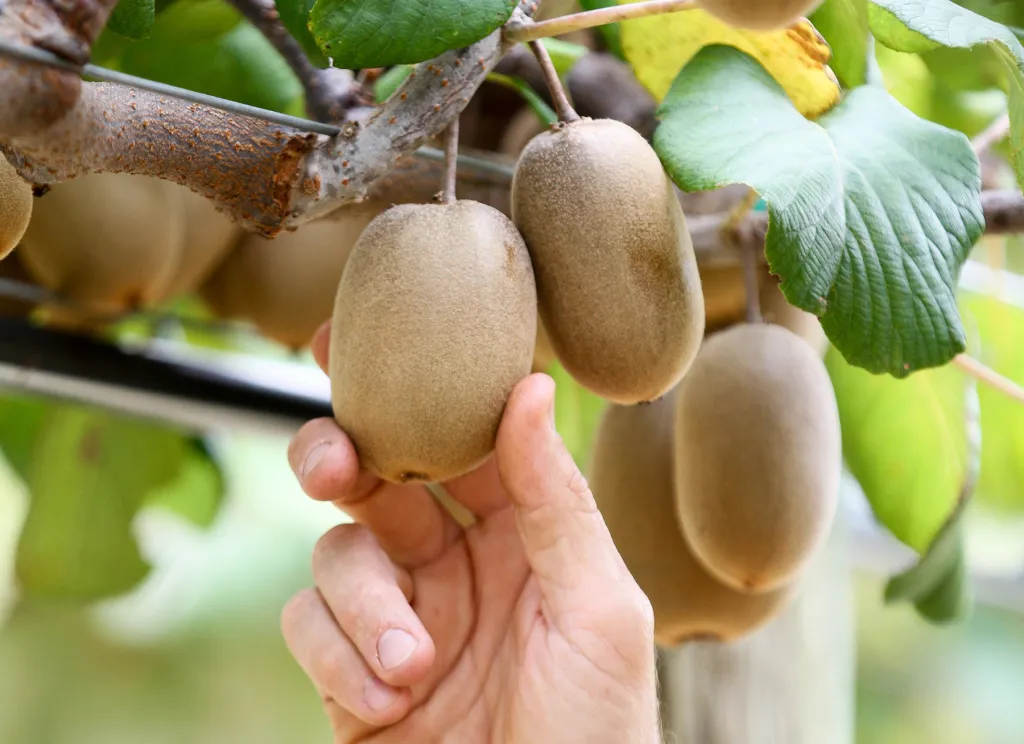8 сар . 18, 2024 04:45 Back to list
Pollen Sources for Effective Pollination of Pear Trees in Orchard Management
The Role of Pollen in the Pollination of Pear Trees in Orchards
Pollination is a critical process in the reproductive cycle of flowering plants, including fruit trees such as pears. Successful pollination leads to the formation of fruit, which is essential for both commercial farmers and home gardeners. This article explores the role of pollen in the pollination of pear trees, the various factors influencing pollination success, and recommendations for orchard suppliers to ensure optimal fruit production.
Pears (Pyrus spp.) are primarily cross-pollinated, which means they require pollen from another variety of pear tree to produce fruit effectively. While some pear varieties are self-pollinating, having at least two different varieties in proximity significantly increases the chances of successful pollination. This is due to the genetic diversity that cross-pollination provides, leading to better fruit set and improved quality.
Pollen, the male gametophyte of flowering plants, plays a vital role in this process. When pollinators such as bees visit pear flowers, they transfer pollen grains from the male anthers of one flower to the stigma of another flower. This transfer is integral to the fertilization process as it allows the pollen to germinate and form a pollen tube, which transports sperm cells to the ovule for fertilization. The presence and abundance of pollen are critical for this process.
pollen for pollination of pear trees in orchards supplier

For orchard suppliers, understanding the optimal conditions for pollen availability is essential. Several factors can affect the amount of pollen available for pollination in pear orchards, including weather conditions, timing of flowering, and the health of bee populations. For example, cold or rainy weather during the flowering season can deter bee activity, reducing pollen transfer. Similarly, if flowering occurs too early or too late in the season, it may not coincide with the peak activity of local pollinators.
To ensure an adequate supply of pollen, orchard suppliers should plant compatible pear varieties that bloom simultaneously. Recommended pairings include 'Bartlett' with 'Bosc' or 'Comice.' By doing so, the likelihood of effective cross-pollination is increased, enhancing the yield of good-quality fruit. Additionally, maintaining healthy bee populations is crucial since these pollinators are essential for transferring pollen. Orchard managers can encourage bee activity by planting wildflowers and other flowering plants in the vicinity, creating habitats that attract bees.
Moreover, the role of managed pollinators, such as honeybees, should not be overlooked. Beekeepers can be engaged to place hives in nearby orchards during the flowering season. This can significantly improve pollination rates, especially in larger orchards where natural pollinator populations may be insufficient.
In conclusion, the importance of pollen in the pollination of pear trees cannot be overstated. Effective cross-pollination is essential for achieving high yields of quality fruit. Orchard suppliers must be proactive in creating optimal conditions for pollination by selecting compatible varieties, encouraging pollinator populations, and possibly employing managed bees. By prioritizing these strategies, farmers can maximize their production and contribute to the overall success of the pear industry. Recognizing the significance of pollen not only supports agricultural sustainability but also ensures a thriving market for one of the world’s beloved fruits.
-
Pollen Peach Tree for Pure Pollination and High-Quality Peach Pollen
NewsJul.30,2025
-
Premium Cherry Pollen for Pure Pollination & Different Types
NewsJul.30,2025
-
Artificial Pollination Solutions for Various Plant Pollen Types
NewsJul.29,2025
-
Artificial Pollination Solutions for All Plant Pollen Types
NewsJul.29,2025
-
Premium Plant Pollen for Pure Pollination & Pollen Block Solutions
NewsJul.29,2025
-
Artificial Pollination Solutions for Efficient Crop Yields
NewsJul.28,2025